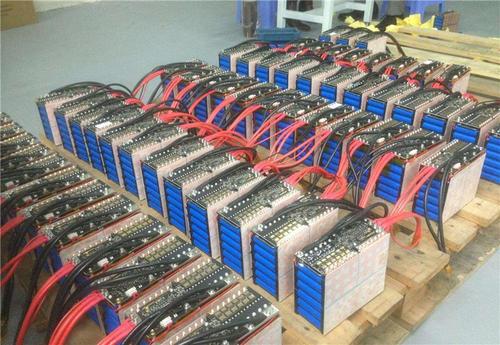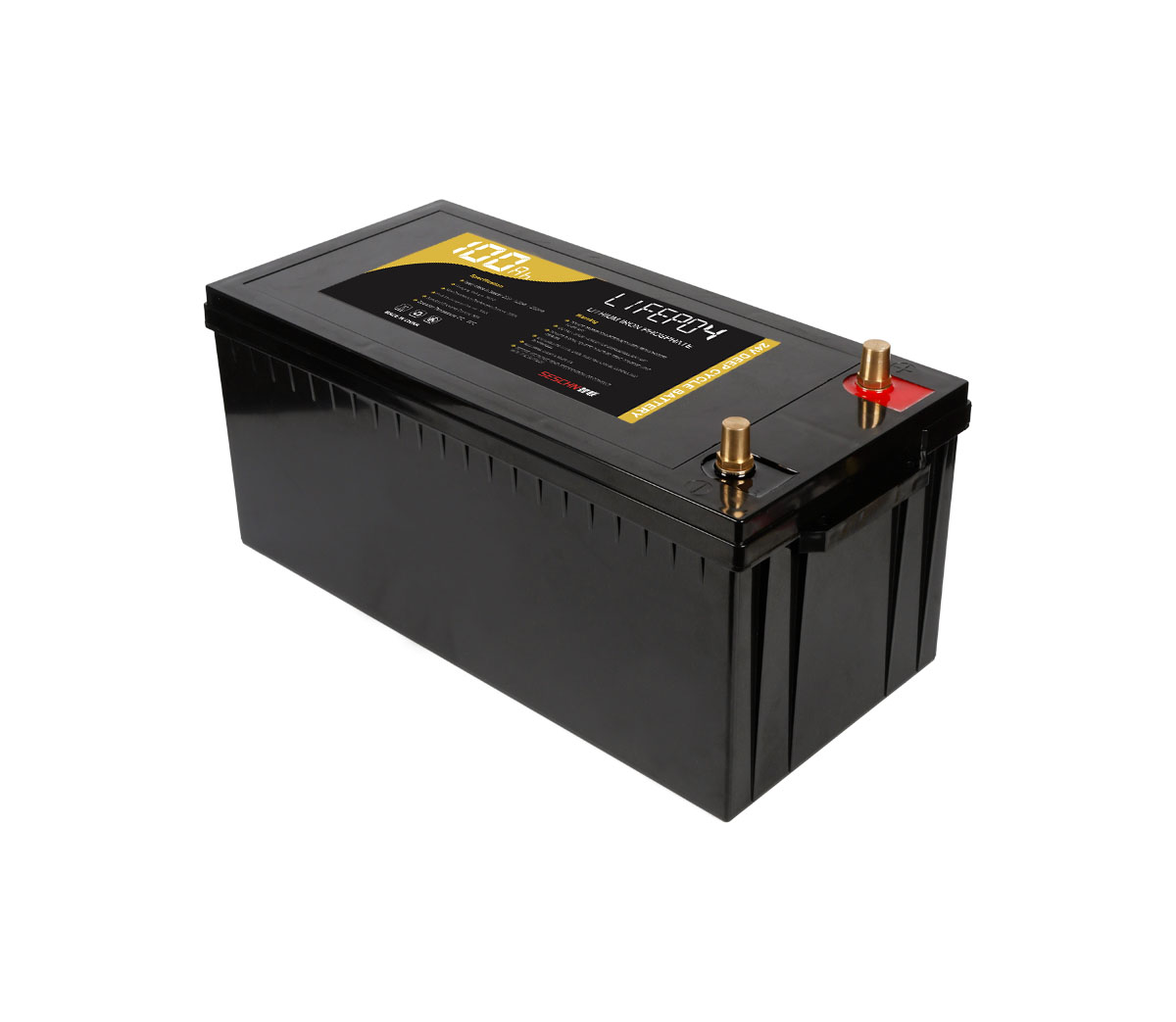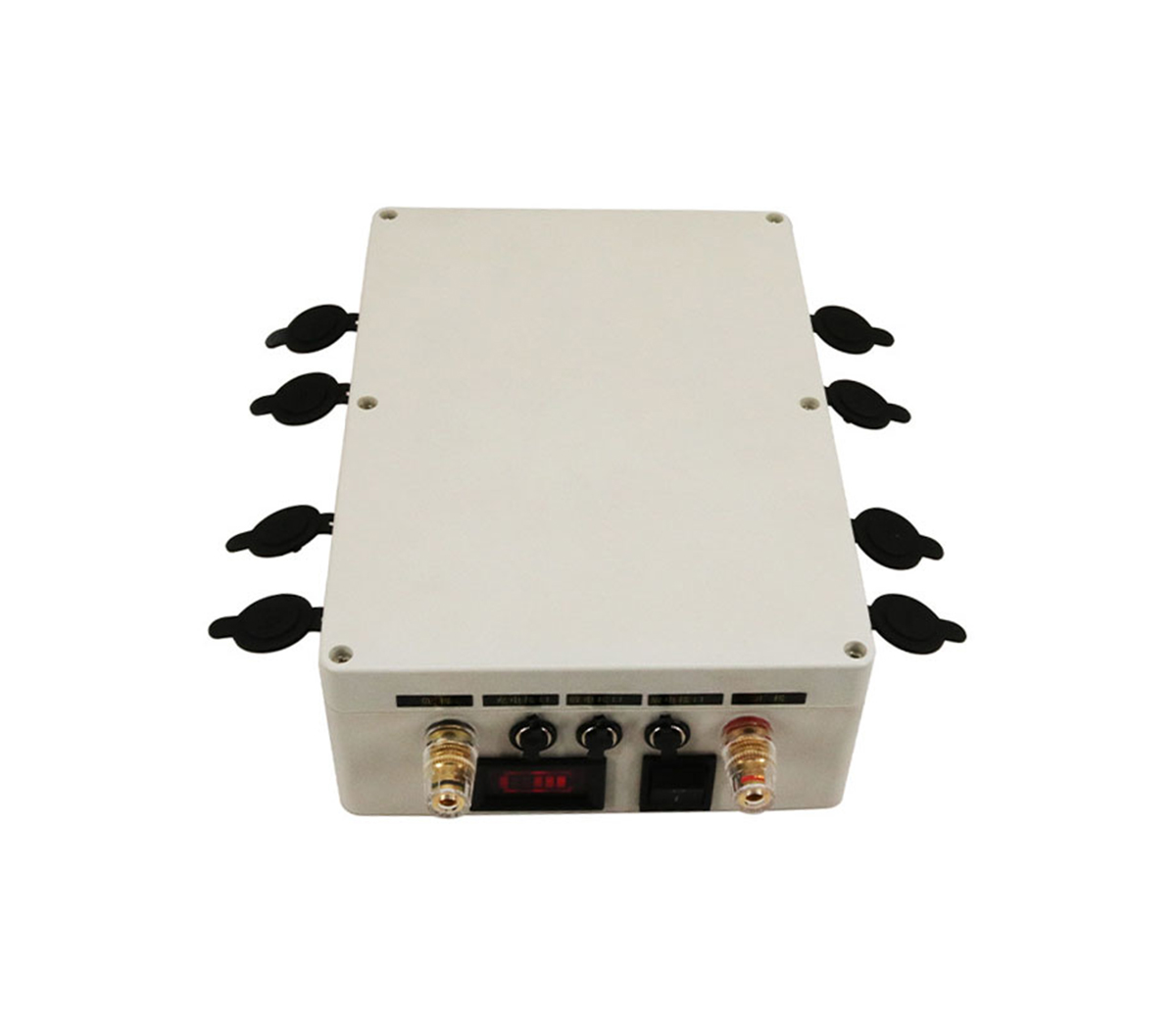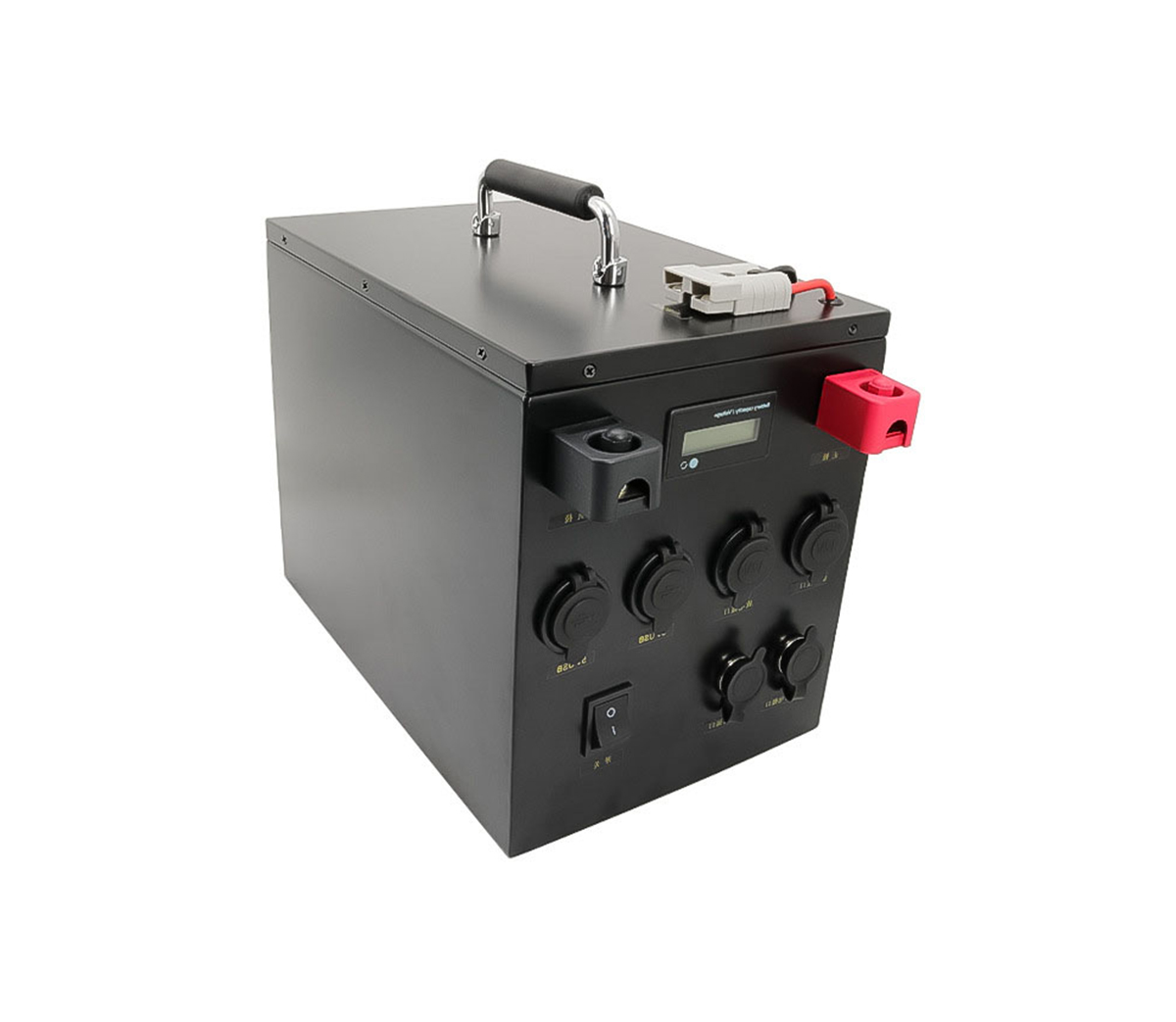
The energy storage battery management system is very similar to the power
battery management system. However, the power battery system is in a high-speed
electric vehicle, which has higher requirements for the battery's power response
speed and power characteristics, SOC estimation accuracy, and the number of
state parameter calculations.
1 Application scenarios of large-scale energy storage systems
New energy power stations, wind power or solar power stations, in order to
achieve the purpose of suppressing output power fluctuations, more and more
power plants are beginning to be equipped with energy storage systems.
Independent energy storage power stations, as the power system reform
gradually enters people’s field of vision, independent energy storage power
stations that rely on reselling electricity for their livelihoods have gradually
emerged.
Microgrid, a small power supply and distribution network that contains
distributed power sources, electrical loads, energy storage systems, and grid
management systems. In order to ensure the continuity and stability of the load,
each microgrid will be equipped with an energy storage system.
2 The difference between energy storage battery management system (ESBMS)
and power battery management system (BMS)
The energy storage battery management system is very similar to the power
battery management system. However, the power battery system is in a high-speed
electric vehicle, which has higher requirements for the battery's power response
speed and power characteristics, SOC estimation accuracy, and the number of
state parameter calculations. The scale of the energy storage system is
extremely large, and the centralized battery management system is significantly
different from the energy storage battery management system. Here, only the
power battery distributed battery management system is compared with it.
2.1 The position of the battery and its management system in each system is
different
In the energy storage system, the energy storage battery only interacts
with the energy storage converter at high voltage. The converter takes
electricity from the AC grid to charge the battery pack; or the battery pack
supplies power to the converter, and the electric energy passes through the
converter Convert it into AC and send it to the AC grid.
The communication of the energy storage system, the battery management
system mainly has an information interaction relationship with the converter and
the energy storage power station dispatching system. On the one hand, the
battery management system sends important status information to the converter to
determine the high-voltage power interaction; on the other hand, the battery
management system sends the most comprehensive monitoring information to the
scheduling system PCS of the energy storage power station. As shown below.
Ternary lithium battery.
Different battery types have huge differences in their external
characteristics, and battery models are completely unusable. The battery
management system and battery cell parameters must have a one-to-one
correspondence. The detailed parameter settings of the same type of batteries
produced by different manufacturers will not be the same.
2.5 threshold settings tend to be different. Energy storage power
stations have relatively ample space and can accommodate more batteries.
However, some power stations are remote and inconvenient to transport.
Large-scale battery replacement is more difficult. The expectation of the energy
storage power station for the battery cell is to have a long life and not to
fail. Based on this, the upper limit of its operating current will be set
relatively low, so that the battery core will not work at full load. Neither the
energy characteristics nor the power characteristics of the battery need be
particularly high. Mainly depends on the price/performance ratio.
The power battery is different. In the limited space of the vehicle, the
battery is finally installed, hoping to maximize its ability. Therefore, the
system parameters will refer to the limit parameters of the battery, and such
application conditions are bad for the battery.
2.6 The number of state parameters required to be calculated is different
between the two
SOC is a state parameter that needs to be calculated for both. But until
today, energy storage systems do not have a unified requirement, which state
parameter calculation capabilities are necessary for energy storage battery
management systems. In addition, the application environment of energy storage
batteries is relatively abundant, and the environment is stable, and small
deviations are not easy to be perceived in large systems. Therefore, the
computing power requirement of the energy storage battery management system is
relatively lower than that of the power battery management system, and the
corresponding single-string battery management cost is not as high as that of
the power battery.
2.7 Passive equilibrium conditions are better for energy storage battery
management systems
Energy storage power stations have very urgent requirements for the balance
ability of the management system. The scale of energy storage battery modules is
relatively large. If multiple strings of batteries are connected in series, the
larger single voltage difference will cause the capacity of the entire cabinet
to decrease. The more batteries connected in series, the more capacity it loses.
From the perspective of economic efficiency, energy storage power stations need
to be fully balanced.
Because of the sufficient space and good heat dissipation conditions,
passive equalization can be more effective, and a relatively large equalization
current is used, and there is no need to worry about excessive temperature rise.
Low-cost passive equilibrium can be used in energy storage power stations.



































